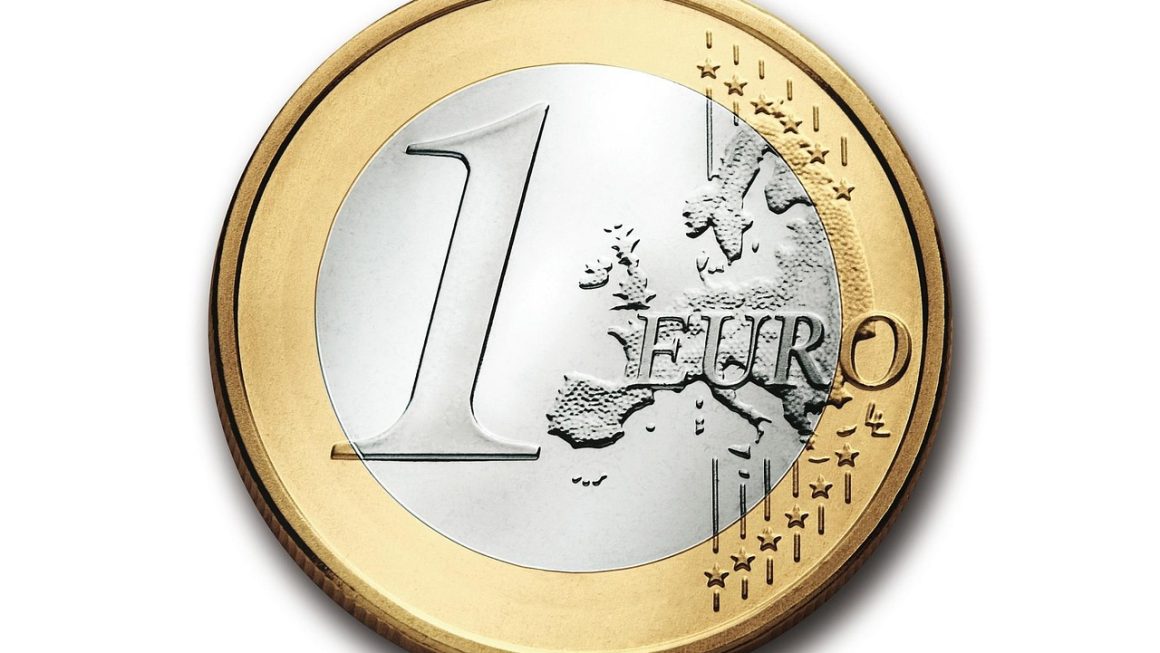Consumers are the lifeblood of most businesses. Understanding how to connect with them, fulfill their needs, and build lasting relationships is the essence of Business-to-Consumer (B2C) marketing. This blog post will delve into the world of B2C, exploring its key strategies, challenges, and the evolving landscape that businesses must navigate to thrive in today’s competitive market.
Understanding B2C: Business-to-Consumer Defined
What is B2C?
B2C, or Business-to-Consumer, refers to the process of selling products and services directly to consumers, who are the end-users. Unlike B2B (Business-to-Business), B2C focuses on individual needs, shorter sales cycles, and larger transaction volumes. The emotional connection with the consumer is often a crucial driver of sales.
Key Differences Between B2C and B2B
Understanding the differences between B2C and B2B is crucial for effective marketing and sales strategies. Here’s a quick comparison:
- Target Audience: B2C targets individual consumers; B2B targets other businesses.
- Decision-Making Process: B2C purchases are often impulsive and based on personal needs or desires; B2B purchases are typically rational, data-driven, and involve multiple stakeholders.
- Sales Cycle: B2C sales cycles are generally shorter and faster; B2B sales cycles are longer and more complex.
- Marketing Approach: B2C marketing focuses on emotional appeal and branding; B2B marketing focuses on ROI and building relationships.
- Transaction Volume: B2C transactions are usually smaller but more frequent; B2B transactions are larger but less frequent.
Effective B2C Marketing Strategies
Digital Marketing
Digital marketing plays a vital role in reaching and engaging B2C customers. It involves various online channels to promote products and services.
- Search Engine Optimization (SEO): Optimizing your website and content to rank higher in search engine results pages (SERPs). This increases organic traffic and visibility. Example: A clothing retailer optimizing product pages with relevant keywords like “summer dresses” or “men’s casual shirts.”
- Pay-Per-Click (PPC) Advertising: Running targeted ads on search engines and social media platforms to drive immediate traffic and conversions. Example: Running Google Ads for a new line of organic skincare products, targeting users searching for “natural anti-aging cream.”
- Social Media Marketing: Building a strong presence on social media platforms to connect with customers, build brand awareness, and drive engagement. Example: A restaurant using Instagram to showcase visually appealing dishes and run promotions.
- Email Marketing: Sending personalized emails to nurture leads, promote products, and build customer loyalty. Example: An e-commerce store sending welcome emails to new subscribers, offering exclusive discounts, and providing personalized product recommendations.
- Content Marketing: Creating valuable and informative content to attract and engage customers. This can include blog posts, articles, videos, and infographics. Example: A fitness company creating blog posts and videos on healthy recipes and workout routines.
Personalization and Customer Experience
Personalization is key to building customer loyalty in the B2C market.
- Personalized Product Recommendations: Suggesting products based on browsing history, past purchases, and customer preferences. Amazon is a prime example of this.
- Customized Email Campaigns: Tailoring email content based on customer demographics, purchase behavior, and interests.
- Loyalty Programs: Rewarding repeat customers with exclusive discounts, perks, and early access to sales.
- Personalized Customer Service: Providing tailored support and solutions based on individual customer needs.
Mobile-First Approach
With the increasing use of smartphones, having a mobile-friendly website and marketing strategy is crucial.
- Responsive Website Design: Ensuring your website adapts seamlessly to different screen sizes.
- Mobile-Optimized Ads: Creating ads specifically designed for mobile devices.
- Mobile Apps: Developing a mobile app to provide a convenient and engaging customer experience.
- SMS Marketing: Sending text messages to customers with promotions, updates, and reminders.
Challenges in the B2C Market
Intense Competition
The B2C market is highly competitive, with numerous businesses vying for customer attention and loyalty. To stand out, businesses need to:
- Differentiate their products or services: Offer unique features, benefits, or value propositions.
- Build a strong brand: Create a recognizable and trusted brand image.
- Provide exceptional customer service: Go above and beyond to meet customer needs and expectations.
Changing Consumer Behavior
Consumer preferences and buying habits are constantly evolving. Businesses need to stay updated with the latest trends and adapt their strategies accordingly.
- Data Analysis: Utilize data analytics to understand customer behavior and preferences.
- Market Research: Conduct regular market research to identify emerging trends.
- A/B Testing: Experiment with different marketing approaches to see what works best.
Rising Customer Expectations
Customers today expect more from businesses, including:
- Seamless online experiences: Easy-to-navigate websites, fast checkout processes, and personalized recommendations.
- Fast and reliable shipping: Offering various shipping options and providing accurate delivery estimates.
- Excellent customer support: Providing prompt and helpful assistance through various channels.
- Transparency and authenticity: Being honest and transparent about their products, services, and business practices.
Data Privacy and Security
Protecting customer data is crucial for building trust and maintaining a positive reputation. Businesses need to:
- Comply with data privacy regulations: Such as GDPR and CCPA.
- Implement robust security measures: To prevent data breaches and cyberattacks.
- Be transparent about data collection and usage practices: Inform customers about how their data is being used and provide them with options to control their data.
Leveraging Technology in B2C
Artificial Intelligence (AI)
AI is transforming the B2C landscape by enabling businesses to:
- Personalize customer experiences: AI-powered recommendation engines can suggest products and services based on individual customer preferences.
- Automate customer service: Chatbots can provide instant support and answer frequently asked questions.
- Improve marketing efficiency: AI can optimize marketing campaigns by targeting the right audience with the right message at the right time.
Big Data Analytics
Big data analytics helps businesses:
- Understand customer behavior: Analyze vast amounts of data to identify patterns and trends.
- Improve product development: Use data insights to create products that meet customer needs and preferences.
- Optimize pricing strategies: Set prices that maximize profitability while remaining competitive.
Cloud Computing
Cloud computing offers several benefits for B2C businesses:
- Scalability: Easily scale resources up or down based on demand.
- Cost savings: Reduce IT infrastructure and maintenance costs.
- Enhanced collaboration: Enable employees to access data and collaborate from anywhere.
Future Trends in B2C
Increased Personalization
Personalization will become even more sophisticated, with businesses using AI and machine learning to deliver highly tailored experiences.
Voice Commerce
Voice assistants like Alexa and Google Assistant are making it easier for customers to shop online using their voice. Businesses need to optimize their websites and product listings for voice search.
Augmented Reality (AR) and Virtual Reality (VR)
AR and VR are creating immersive shopping experiences that allow customers to try on clothes, visualize furniture in their homes, and explore products in new ways.
Sustainability and Ethical Consumption
Consumers are increasingly concerned about the environmental and social impact of their purchases. Businesses need to embrace sustainable practices and promote ethical consumption.
Conclusion
The B2C landscape is dynamic and ever-evolving. By understanding the key strategies, challenges, and future trends, businesses can effectively engage with consumers, build lasting relationships, and achieve sustainable growth. Focusing on personalization, leveraging technology, and adapting to changing consumer behavior are crucial for success in today’s competitive market. By embracing these principles, businesses can thrive and meet the evolving needs of their customers.




